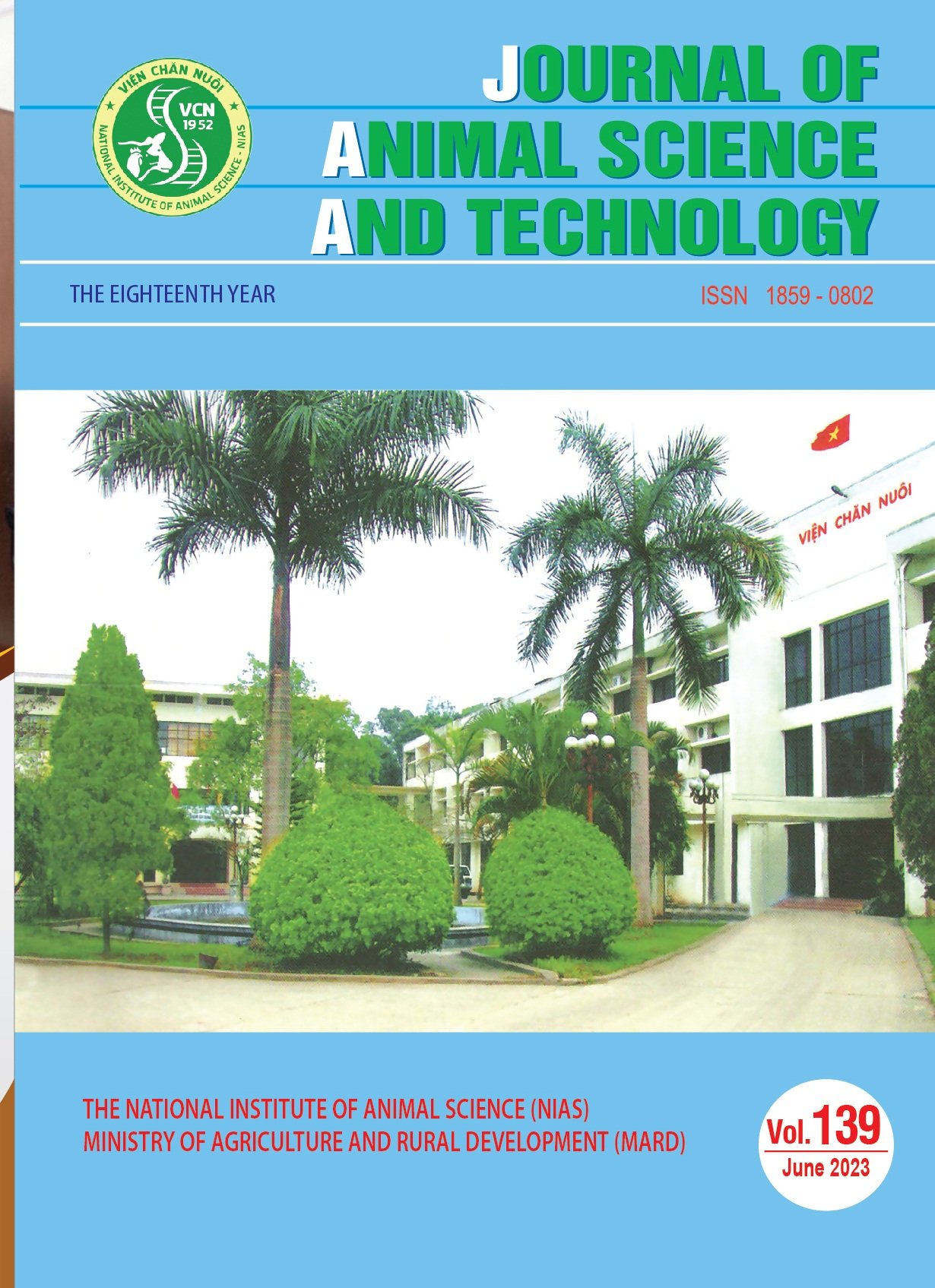Smart agri-systems for the pig industry
The projected rise in the global human population and the anticipated increase in demand for meat and animal products, albeit with a greatly reduced environmental footprint, offers a difficult set of challenges to the livestock sector. Primarily, how do we produce more, but in a way that is healthier for the animals, public, and the environment? Implementing a smart agri-systems approach, utilising multiplatform precision technologies, internet of things, data analytics, machine learning, digital twinning and other emerging technologies can support a more informed decision-making and forecasting position that will allow us to move towards greater sustainability in future. If we look to precision agronomy, there are a wide range of technologies available and examples of how digitalisation and integration of platform outputs can lead to advances in understanding the agricultural system and forecasting upcoming events and performance that have hitherto been impossible to achieve. There is much for the livestock sector and animal scientists to learn from the developments of precision technologies and smart agri-system approaches in the arable and horticultural contexts. However, there are several barriers the livestock sector must overcome: (i) the development and implementation of precision livestock farming technologies that can be easily integrated and analysed without the support of a dedicated data analyst in house; (ii) the lack of extensive validation of many developed and available precision livestock farming technologies means that reliability and accuracy are likely to be compromised when applied in commercial practice; (iii) the best smart agri-systems approaches are reliant on large quantities of data from across a wide variety of conditions, but at present the complications of data sharing, commercial sensitivities, data ownership, and permissions make it challenging to obtain or knit together data from different parts of the system into a comprehensive picture; and (iv) the high level of investment needed to develop and scale these technologies is substantial and represents significant risk for companies when a technology is emerging. Using a case study of the National Pig Centre (a flagship pig research facility in the UK) we discuss how a smart agri-systems approach can be applied in practice to investigate alternative future systems for production, and enable monitoring of these systems as a commercial demonstrator site for future pork production.

